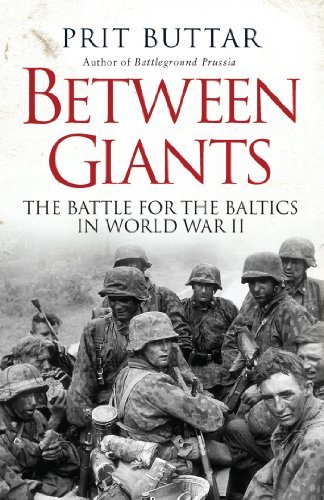What do you think?
Rate this book


667 pages, Kindle Edition
First published January 1, 2013
The attempt to exterminate Baltic Jews was Germany's first real experience of a 'final solution', based on mass killing, to what the Nationalist Socialists called the 'Jewish Problem'. Whilst Jewsin Germany and elsewhere had faced persecution, even random killings, there had been no attempts at mass executions. pgs. 129-30